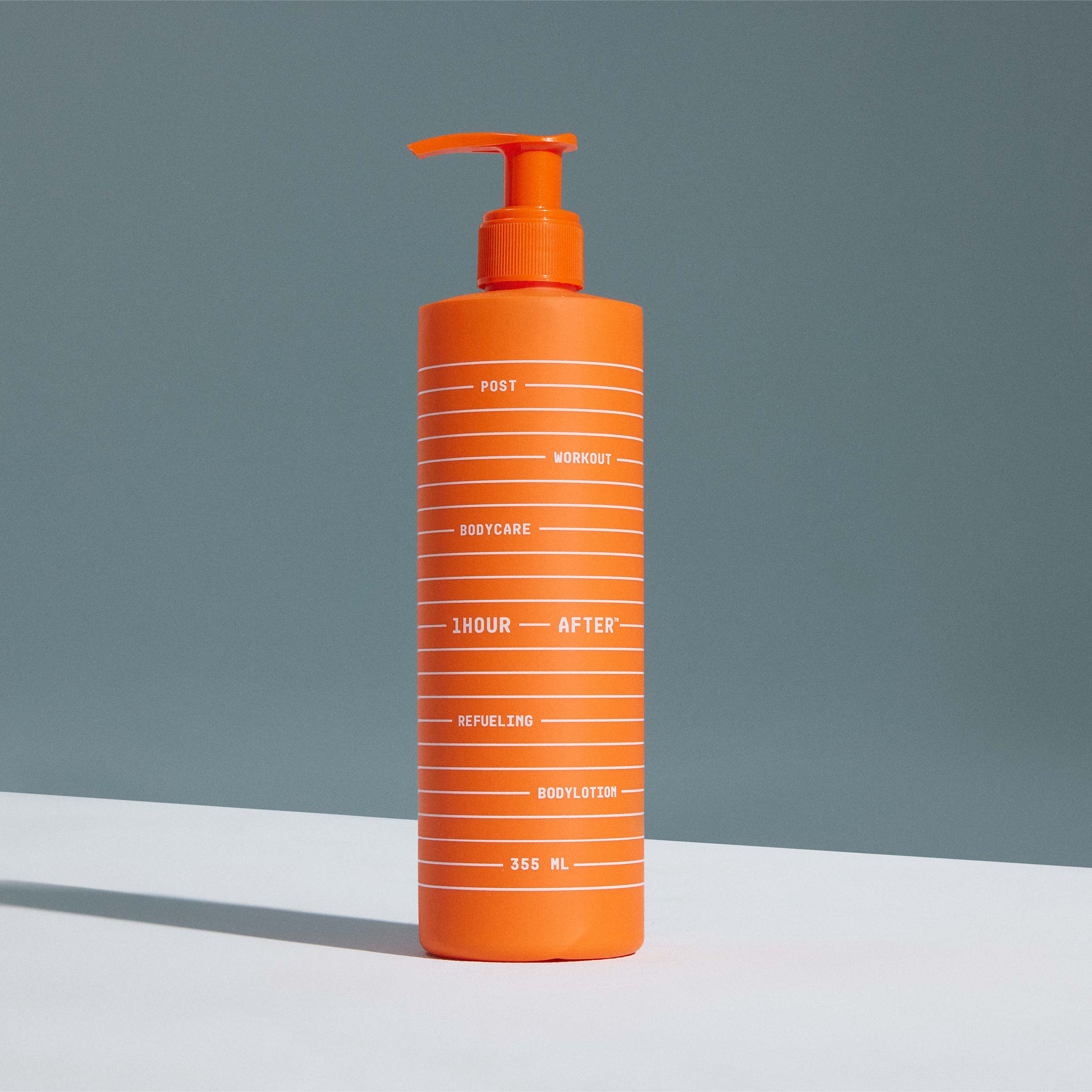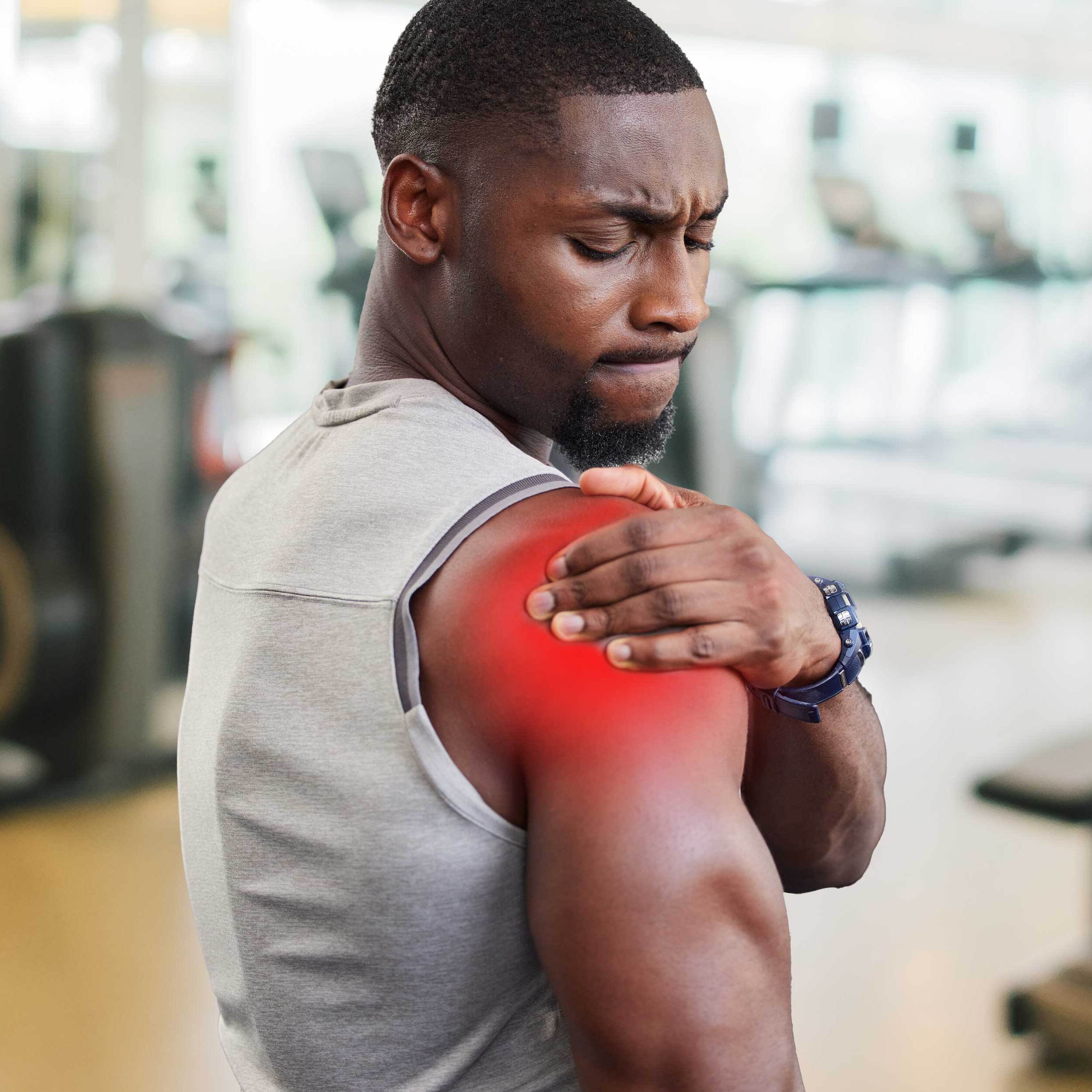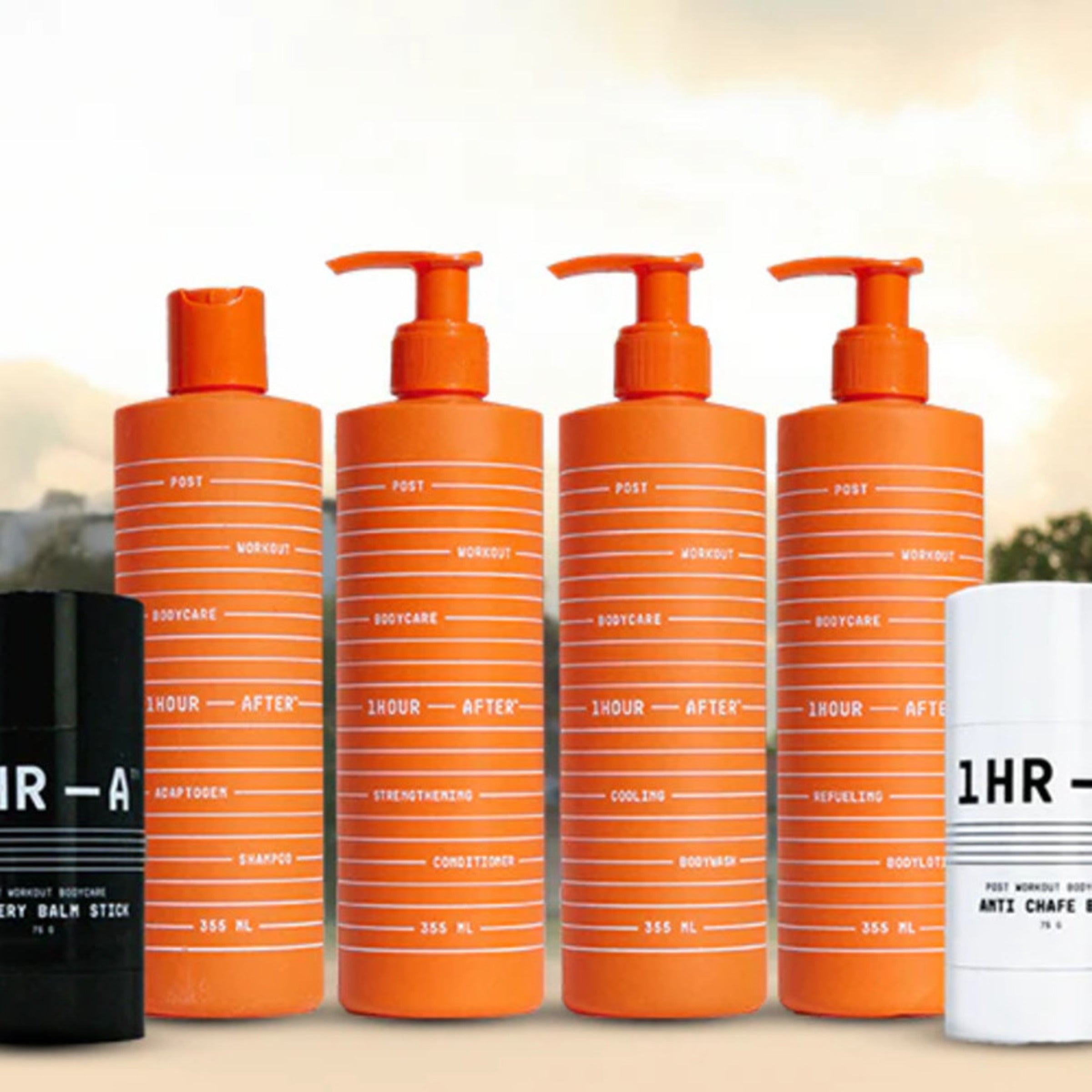
What Causes DOMs (Delayed Onset Muscle Soreness)
Table of Contents
Now that we are all caught up on what DOMS is and what type of movements are more prone to cause it, let’s dive a bit deeper into what actually happens within the muscles during exercise to leave you feeling sore after a workout.
There are four theories for why DOMS occurs:
- Lactic Acid Build Up
- Muscle damage
- Inflammation
- Enzyme efflux (this sounds complex but it’s really not!)
Usually you’ll find two (or more of these theories working at once to create DOMS. Let’s break all of these down.
We’ve all heard of lactic acid before, right?
This is the main reason that the burn you feel deep inside your muscles towards the end of a set is produced when your muscles use energy to contract and release. The energy is in the form of ATP (adenosine 5’-triphosphate), which is the primary molecule for storing and transferring energy in cells.
The theory goes that when you workout without oxygen, lactic acid builds up (because of your muscle contracting) and that’s what is responsible for soreness and tissue damage. However, there is some contradicting evidence that your lactic acid levels return to normal one hour post-workout. While lactic acid might be a little part of the puzzle, it doesn’t last long enough to fully contribute to DOMS.
Lactic acid is naturally cleared up through electrolytes that can help return your cells to their normal state. Electrolytes can be found in greens such as kale, swiss chard, spinach and more.
Alternatively, electrolyte-infused drinks (like gatorade, powerade, etc) can also help clear up lactic acid. This will ultimately help in reducing pain and soreness after your workout.
Another frequent cause of DOMS is muscle damage.
The muscle damage theory refers to the microscopic (tinier than tiny) tears made to your muscle fibers which blocks the ability to move blood to your muscles, and the fuel and energy that your muscles need in order to continue working out.
This results in the disruption of your ability to contract your muscles while you workout (you’re unable to workout in full, peak force). While this is all happening, your surrounding tissues send you signals through your pain receptors (nociceptors), causing soreness and pain.
This is why the last rep of the last set might burn!
The enzyme efflux theory is a fancy way of saying that your body overproduces calcium resulting in muscle fiber breakdown.
It states that calcium, which is normally stored in the transportation cells in your muscles (known as sarcoplasmic reticulum), is overproduced in the damaged muscles after a workout. Your muscle fibers are unable to receive oxygen in this condition, and the energy (ATP) needed to move the calcium around is at a slower than regular state.
The overflowing amount of calcium causes your enzymes to break down and deteriorate your muscle protein. As a result, the muscle fiber breakdown causes inflammation and pain. The solution can be found in electrolytes such as phosphorus, sodium, chloride, bicarbonate and minerals (like magnesium or calcium).
The inflammation theory is the final theory for why you feel sore after a workout.
It states that muscle damage through exercise leads to the appearance of inflammatory cells in which a type of white blood cell (neutrophils) accumulates, then another type of white blood cell (macrophage) invades.
This triggers an inflammatory response in your muscles that is considered a secondary muscle injury because of the mechanical stress to your muscle and adds to the burden that is DOMS.
Studies show that neutrophil and monocyte (types of white blood cells that act as your immune system’s primary line of defense, and find and destroy germs, respectively) begin to increase within one hour post workout.
It is very important to include antioxidants, proper nutrients and electrolytes into your exercise recovery routine in order to prevent inflammation.
Inflammatory fluids are produced from exercise and can be combated by adding antioxidants to your diet. Vitamin E, Vitamin C, Vitamin EGCG, anti-inflammatories found in curcumin, and support from adaptogens like rhodiola are great antioxidants that can help absorb excess inflammatory fluids that come from exercise.
This will reduce fatigue, DOMS, and improve your recovery time.
A proper warm up is also essential to limiting DOMS (and microtears) by waking up your muscle fibers and moving more blood, oxygen, ATP and nutrients to your muscles.
Exercise recovery should be treated with the same importance as the exercise itself.
With a proper recovery routine that begins before the workout with a warmup and is followed after training with stretching, antioxidants, electrolytes and anti-inflammatories, you will find a more robust, stronger training ability.
Not only is exercise recovery necessary for combating DOMS and micro injuries, it is also a way to level up your training to achieve greater heights.
Delayed onset muscle soreness doesn’t have to be a part of your training regime by taking the necessary steps to rest, relax and take care of your body.
- Choosing a selection results in a full page refresh.
- Press the space key then arrow keys to make a selection.




